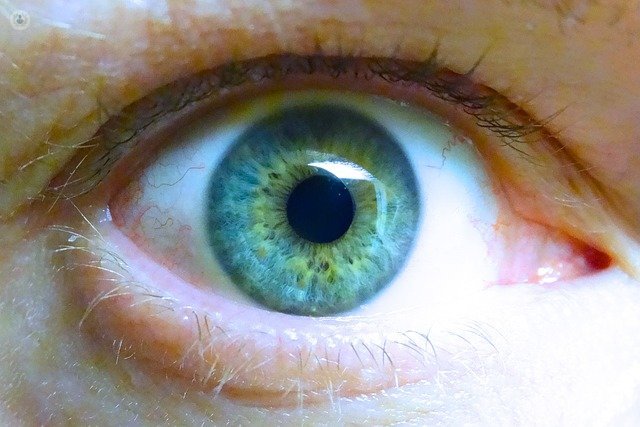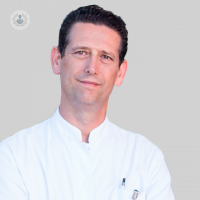VNG, the test that analyzes eye movement
Written by:Vestibular-ocular reflex is responsible for stabilizing the images on the retina when you move your head to one side, but the eyes move to the other. Such everyday actions as reading a poster from a car are allowing us this reflection of great importance for the stabilization of our vision. This reflex is responsible for an involuntary eye movement called "nystagmus" when we have a giddiness appears.

What is the videonystagmography?
The VNG is to obtain a graphic eye movement (nystagmus) using a video camera placed above the eyes, from glasses similar to those of diving. From this study we obtain the information needed to assess the role of each of the mazes and make a diagnosis.
In a different study videonistagmográfico calibration tests are performed:
- Test of drawn or monitoring: This consists in following with his eyes a point on a screen, performing it with an uncovered eye.- Test of decubitus: The patient lies on his back, on the right and on the left side, recording the eye movements of these positions and the changes that occur on the nystagmus. In this case, both eyes must be covered.- Caloric Test (Dix-Hallpike): This involves the stimulation of the labyrinth to provoke a reaction and record, checking if it is normal and equal on both sides.
The patient does not require any preparation for carrying out the test. It is recommended not to take any medication for vertigo during the days before the test. It is also advisable to come together because it can lose consciousness in it.
It is highly unlikely that patients who undergo surgery cause them any pain or discomfort in your ears, because they do not touch except in the caloric stimulation. In it, the labyrinth is stimulated by irrigation water at different temperatures (also can be done with air) through a soft probe.


